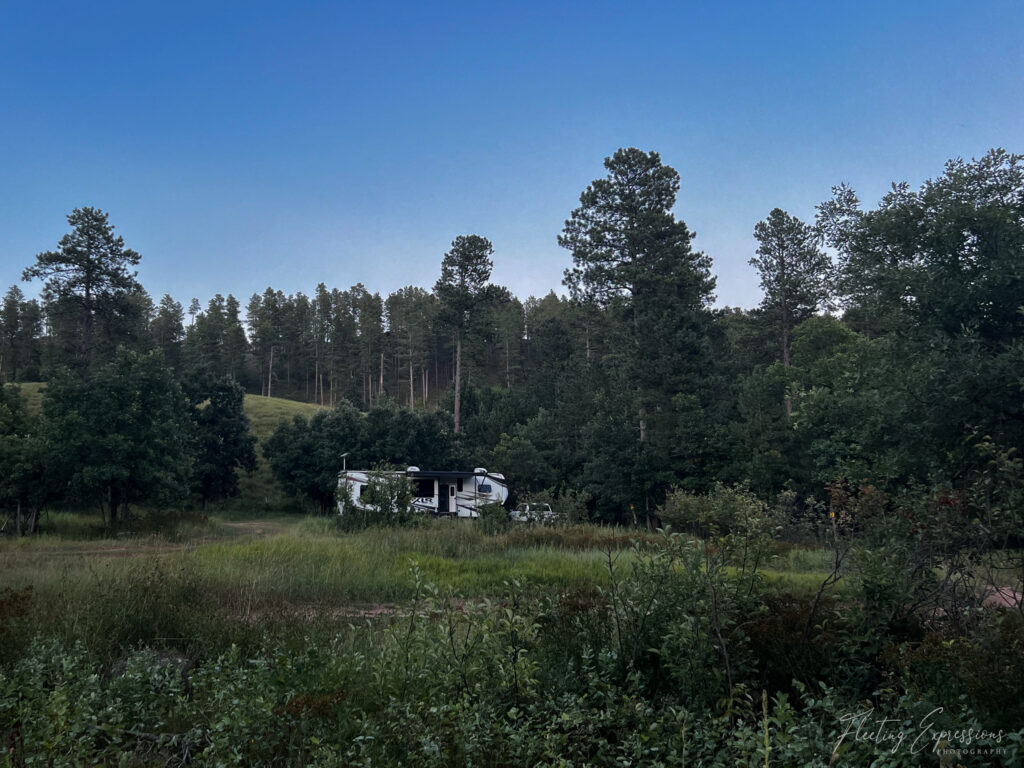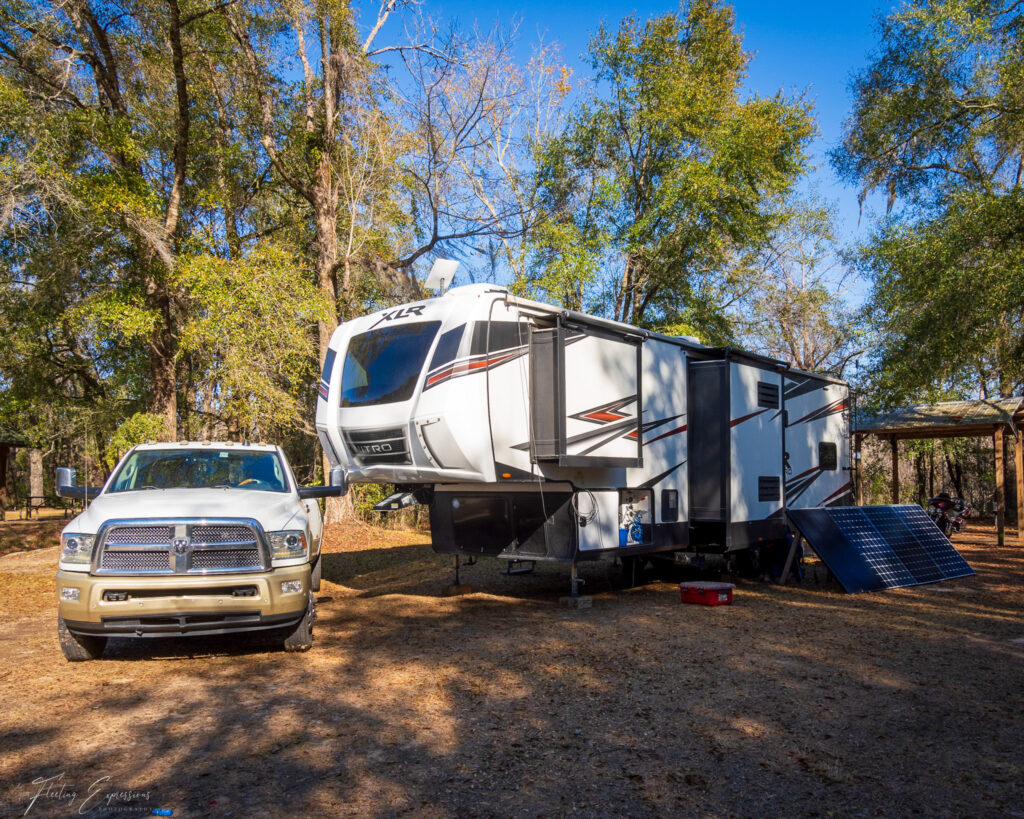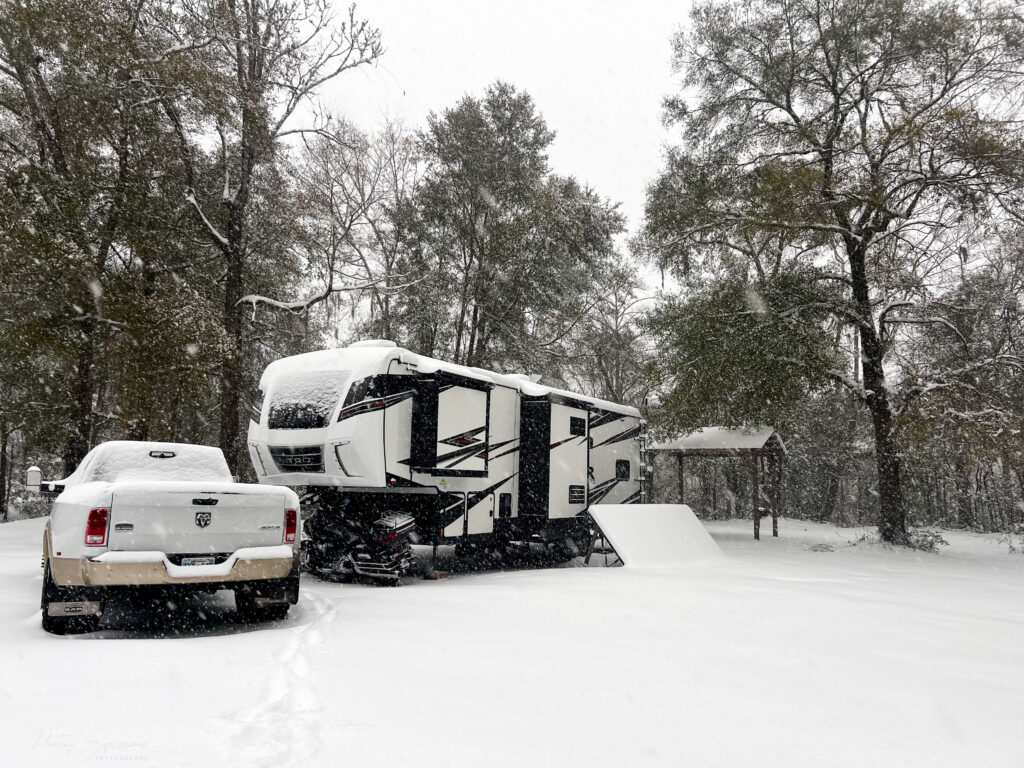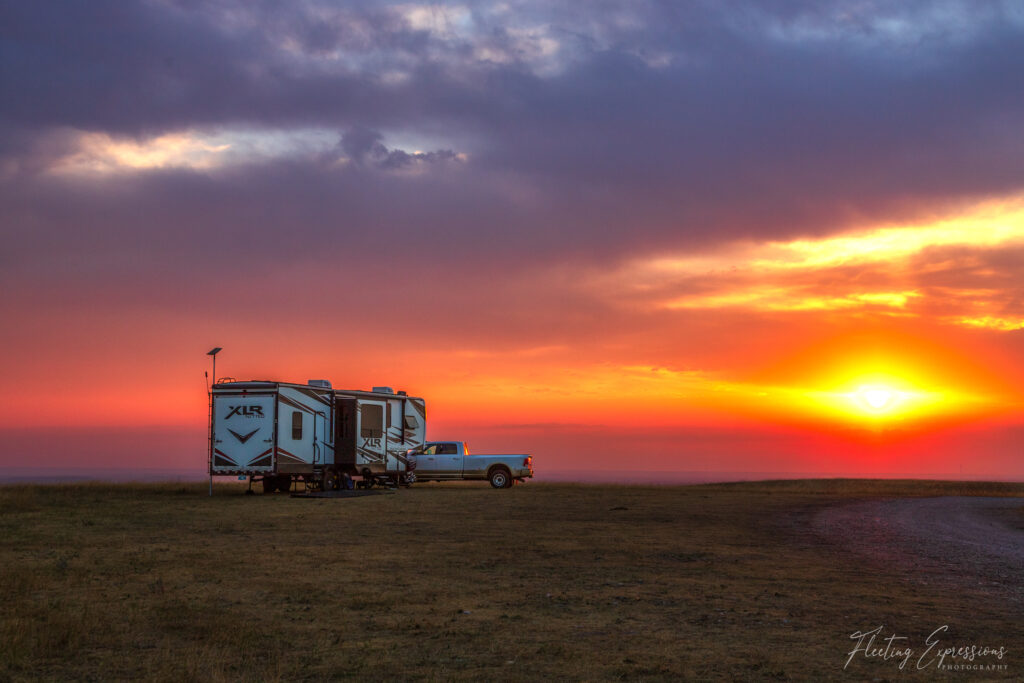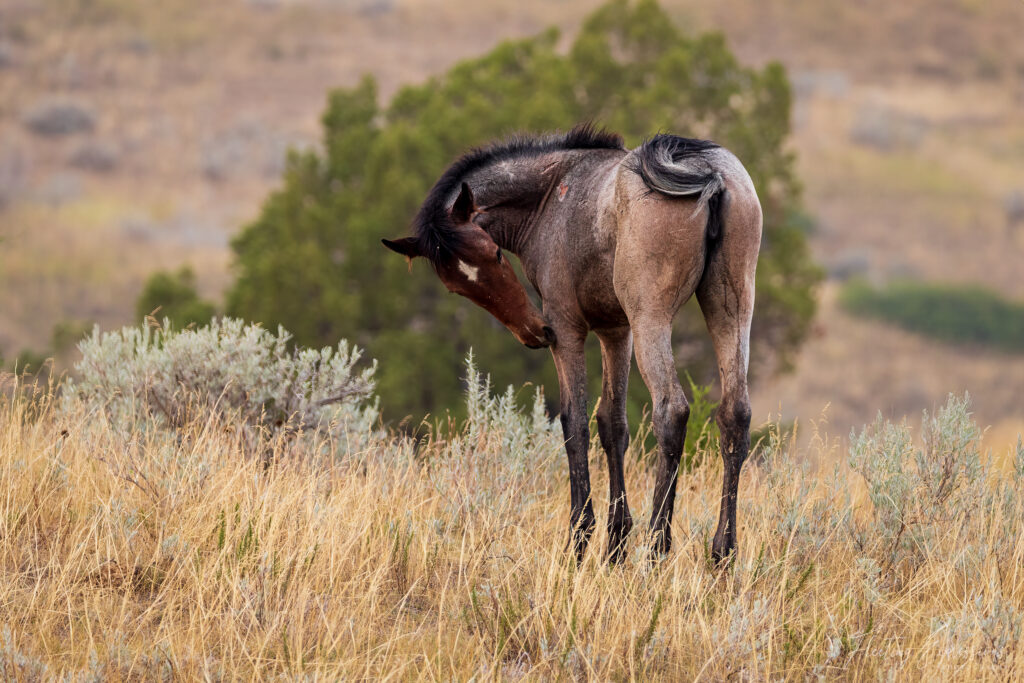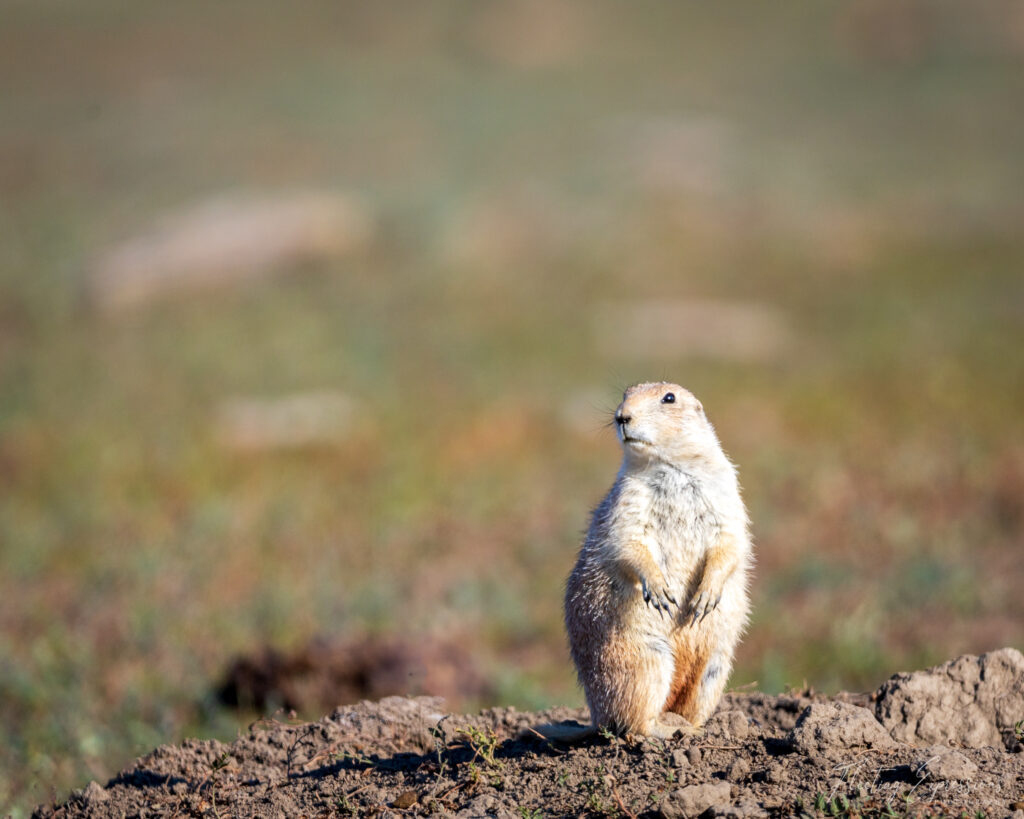When we first hit the road as full-time RVers, the idea of boondocking felt overwhelming. I loved the idea of camping off-grid, surrounded by nature, but the thought of being alone—without hookups, security, or a clear plan—made me anxious. Would we run out of power? How would we manage water? What if we got stuck somewhere with no cell service? The unknowns felt endless, and I wasn’t sure if we were ready for the challenge.
We initially stuck to campgrounds, easing into RV life where hookups and friendly neighbors gave us a sense of security. But the more we traveled, the more we craved the freedom of boondocking. Looking back now, I wish I had known then what I do now—because, with a bit of preparation and experience, it became one of the most rewarding parts of full-time RV life.
Our first boondocking experience took place in the dirt lot of a casino in Arizona. We had no solar power and relied on a loud generator to charge our batteries. I’m not sure we even turned on the lights because we didn’t want to drain the battery. We used a flashlight for illumination and went to bed at dark every night. I’ll admit, this wasn’t the best introduction. Thankfully, we have learned and gained considerable experience since those early days.
There’s nothing quite like the freedom of boondocking—parking your RV in a secluded, off-grid location and fully immersing yourself in nature: no crowded campgrounds, no hookups, just you, your rig, and the great outdoors. However, with that freedom comes responsibility. If you’ve ever felt nervous about going off-grid, you’re not alone—I was right there with you. But over time, I learned how to embrace boondocking with confidence. Here’s how you can, too.
Water Conservation: Make Every Drop Count
When it comes to boondocking, managing your water supply is crucial. Filling up your freshwater tank before heading out to a remote location and conserving water during your stay are essential to a successful experience.
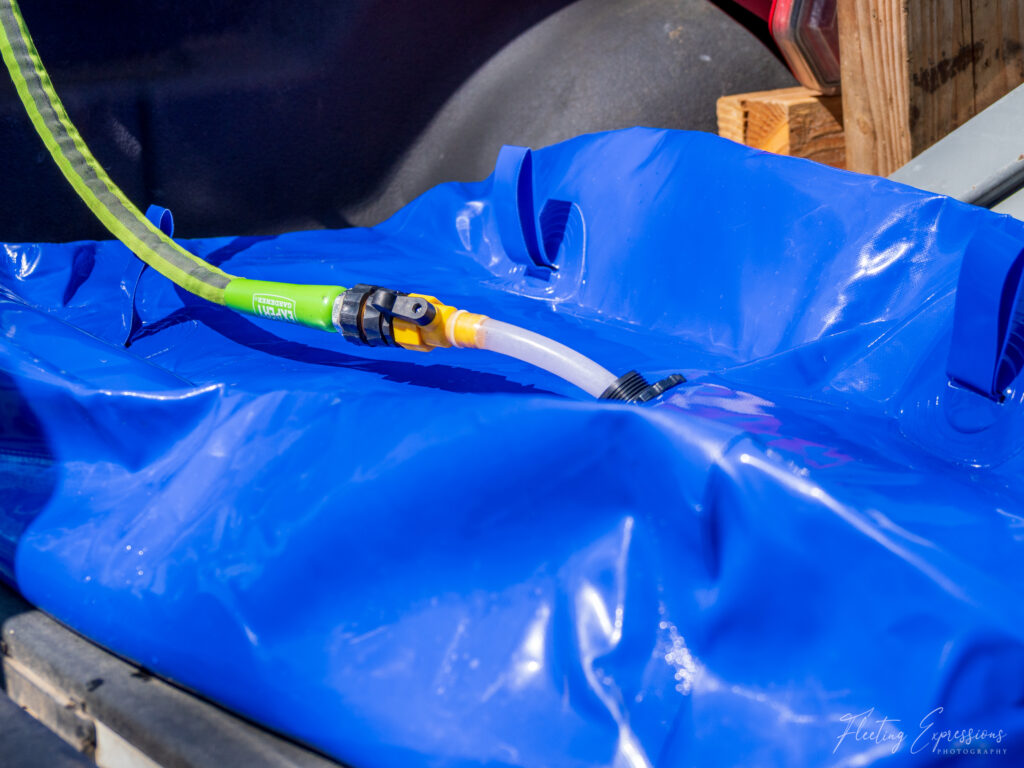
Before heading off-grid, we always make sure to top off our water supply. Some of our go-to spots for fresh water include truck stops, rest areas, and travel centers. If we’re coming from a campground, we make it a habit to fill up before hitting the road. You can also get fresh water at public campgrounds and RV parks even if you aren’t staying overnight, but there may be a fee.
Once you arrive at your desired spot, adopting strategies to conserve water will save you the frustration and anxiety of running out of water. Top conservation techniques include using a low-flow faucet to control water usage, using spray bottles to wash dishes, and taking quick “navy” showers.
Smart water management can help you extend a limited supply and make your boondocking experience more enjoyable. We recently added a 50-gallon water bladder to our gear so we can go into town for more water without taking the trailer. This has been a game-changer for us, allowing us to restock on water without breaking camp.

Eating Well with Minimal Waste
Meal prep is a game-changer for boondocking, making off-grid cooking more efficient and enjoyable. For a weekend trip, prep ahead to make cooking at camp quick and mess-free. Before you hit the road, pre-chop vegetables, marinate proteins, and portion out meals.
For full-timers, one-pot meals like chili, stir-fries, or foil packet dinners minimize dishwashing. When the weather’s right, grilling over a campfire is another excellent option—it saves propane and adds a delicious smoky flavor.
And don’t forget to keep versatile ingredients—like rice, beans, canned goods, and spices—on hand to create a variety of meals with minimal waste. With some prep work, you’ll spend less time cooking and more time soaking in the beauty of your boondocking adventure!
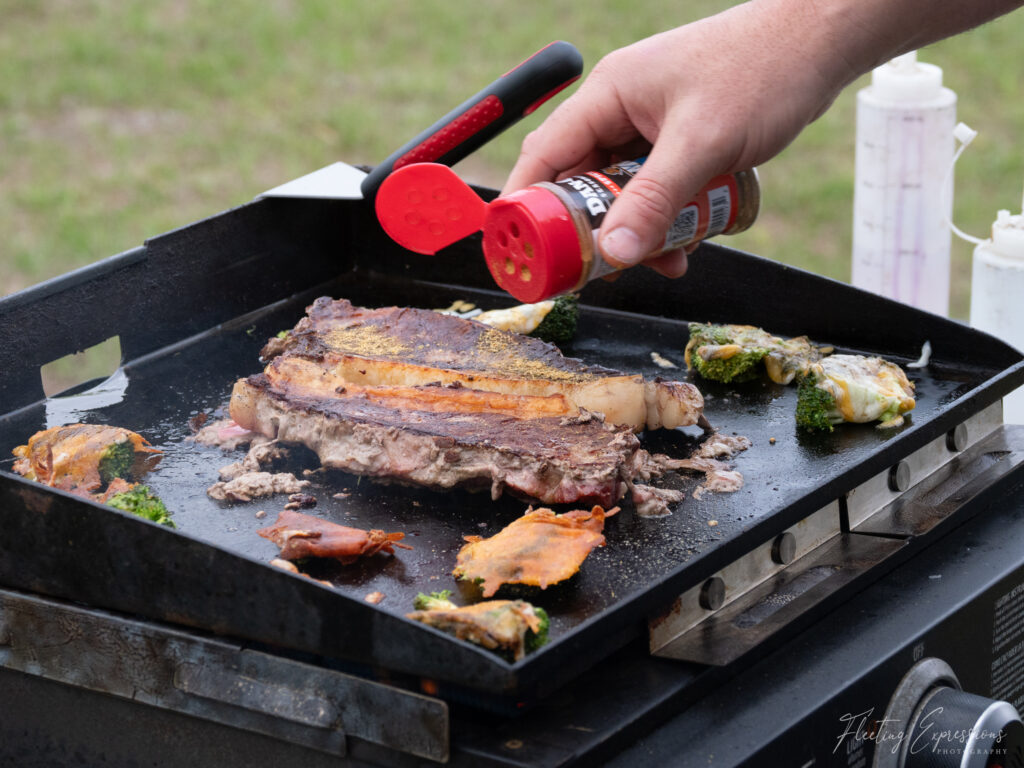
Minimize Dishes and Maximize Convenience
Minimizing dishes while cooking in the great outdoors doesn’t mean sacrificing delicious meals—it just takes a little strategy! When boondocking, opt for recipes requiring minimal cooking water, which cuts down on prep and cleanup.
Washing dishes efficiently is key, so use a small tub or spray bottle to rinse with minimal water and consider biodegradable soap to keep things eco-friendly. Beyond dishwashing, smart food storage also helps reduce mess and waste. Keep perishables in a well-organized cooler or fridge, and use airtight containers to prevent spills and spoilage. With some planning, you can enjoy hassle-free meals without spending extra time at the sink!
Keeping the Lights On
We live full-time in our RV, and my husband works remotely, so reliable power is essential. I spend a lot of time online blogging, researching, and planning adventures. Additionally, we enjoy watching TV before bed. Understanding our power needs means we must pay attention to the daily energy consumption of lights, appliances, and electronics.
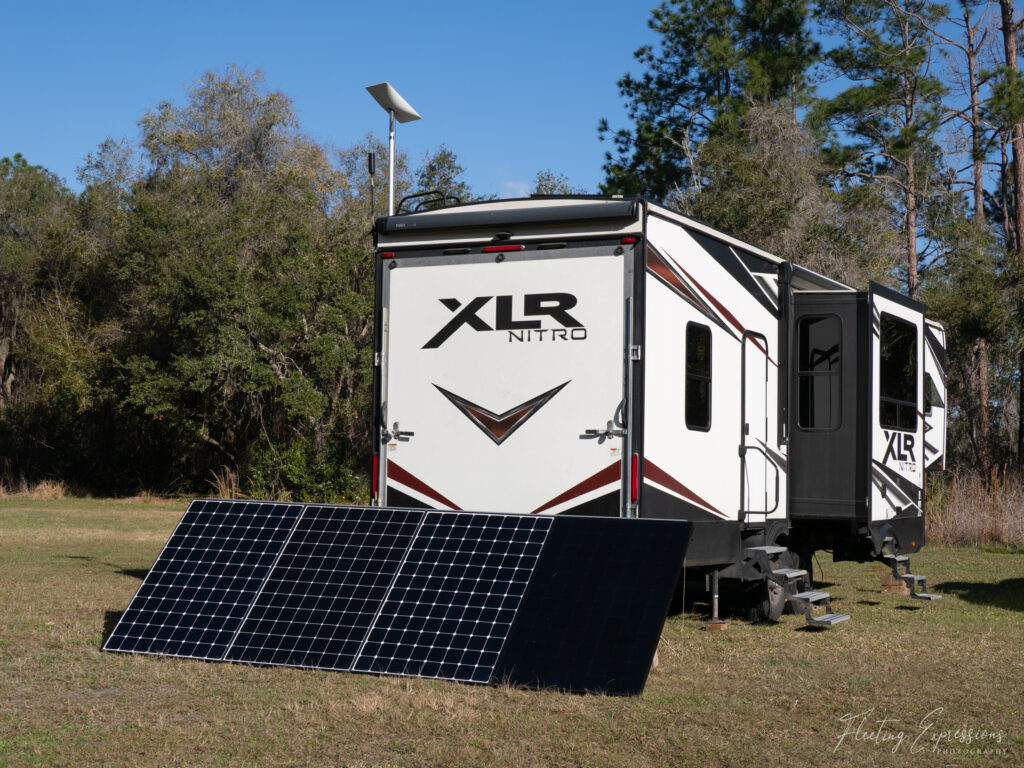
Adding solar panels to our rig was, perhaps, our best decision regarding power solutions. While we have a generator as backup, we avoid using it unless absolutely necessary—it’s loud, fuel-dependent, and disrupts the natural surroundings we love. We have 1200 watts on the roof and 1400 we deploy during boondocking trips. Our 2600 watts of solar power feed our two lithium batteries, and unless we are in cloud cover for multiple days, that is enough to sustain our needs and then some. We have even run the AC while boondocking in the desert!
Whether adding a full solar setup like ours or just starting with a few 100-watt panels, boosting your power supply can make a huge difference. You can also conserve energy with these simple tips:
- Unplug devices when not in use.
- Use appliances during peak solar hours.
- Use propane appliances for cooking and refrigeration.
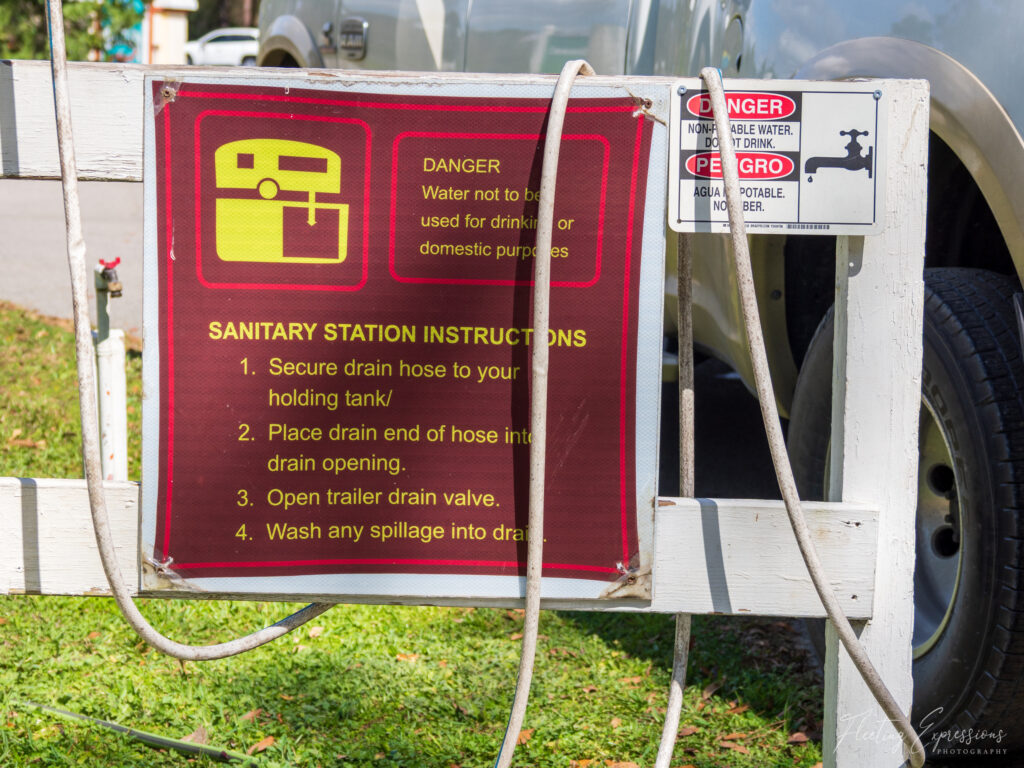
Keep Nature Wild
Responsible waste management is a key part of boondocking—both for legal reasons and to protect the land we love. Read the requirements for the public land you occupy to ensure that you legally dispose of your waste. Use airtight containers to avoid attracting wildlife.
Waste disposal laws vary by state, county, and even specific public lands. Some areas allow burning paper waste or natural materials, but plastics, food scraps, and other trash should never be burned due to environmental and safety risks.
Additionally, many public lands enforce strict fire restrictions, especially during dry seasons, making trash burning illegal in most cases. Therefore, it is important to always check local regulations before deciding how to dispose of waste.
While it might be tempting to dump your gray water, it is generally not acceptable, even where it is legal. Some states allow dumping gray water on the ground under certain conditions (like in designated areas or if it’s biodegradable), but many prohibit it entirely. National Parks and most federal lands (BLM, National Forests) generally do not allow gray water disposal on-site. Always check local regulations before draining gray water.
Most boondocking locations follow Leave No Trace principles, which means you must pack out everything you bring in. This includes trash, food scraps, hygiene products, and even wastewater.
And, just in case you were wondering, on some public lands, digging a cat hole is allowed (6-8 inches deep, 200+ feet from water sources), but many places require portable toilets or wag bags. Always follow local guidelines. In my opinion, the best practice is to assume no dumping, no burning, and always pack out your trash—all waste, including food scraps and hygiene products—to avoid fines and keep public lands open for future boondockers!
Finding Awesome Boondocking Spots
Scoring the perfect free campsite is easier than ever, thanks to a variety of apps and websites designed to help you find hidden gems. Our favorites are Campendium, FreeCampsites.net, and iOverlander. BLM (Bureau of Land Management) land, National Forests, and Water/Wildlife Management Districts are some of our favorite places. Check Google Earth and satellite views for accessibility, especially if you have a big rig.
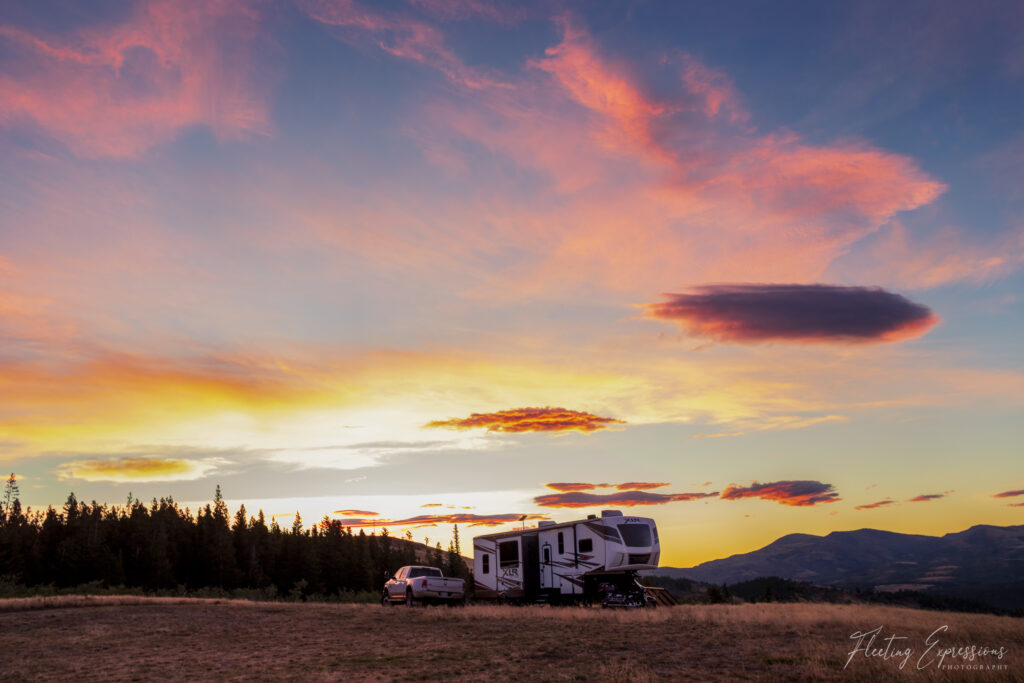
Once you’ve found a promising spot, take a moment to check for connectivity (if you need it!) and look for level ground to avoid an uncomfortable setup.
Planning an exit strategy is just as important as choosing the right spot. Bad weather can leave you stranded if you don’t have a backup plan. Keep your fuel tank full and have emergency supplies handy. Also, be aware of local wildlife and regulations.
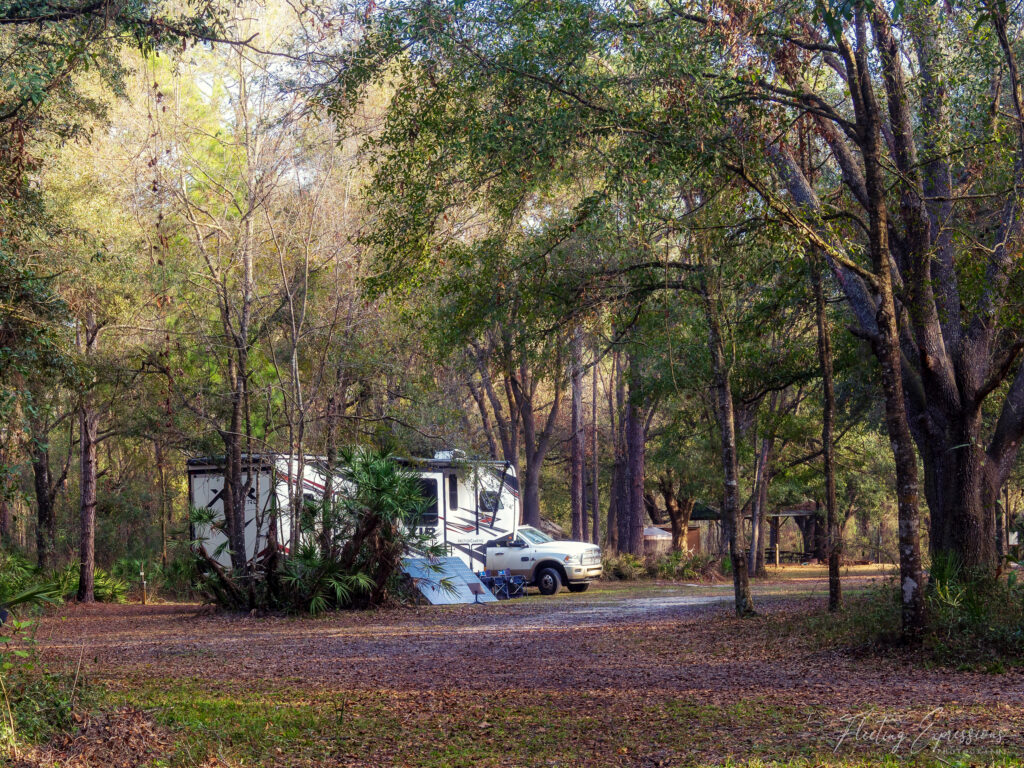
Embrace the Freedom of Boondocking
A great boondocking experience involves several key elements: conserving water, planning meals, managing power, handling waste responsibly, and choosing the right location. Start small, with what you have or can currently afford. Experiment to find what you like, and refine your techniques over time.
At its core, boondocking isn’t just about practicality—it’s about the experience. It’s not about saving money—it’s about gaining freedom, exploring untouched nature, and enjoying the simplicity of life off-grid.
Do you love boondocking? Share your favorite off-grid camping story in the comments! Haven’t tried it yet? Where do you want to go first?
📩 Sign up for my newsletter to get more RV travel tips & destination guides!
